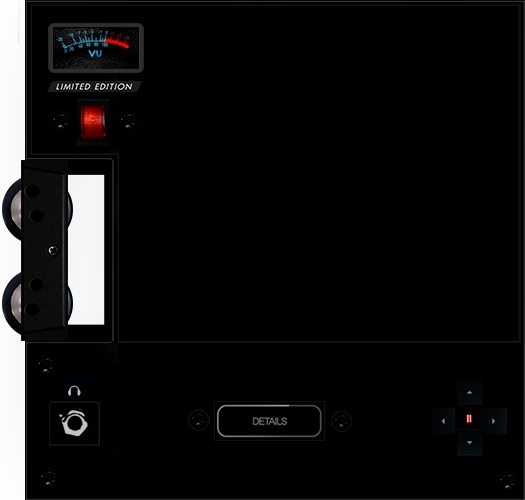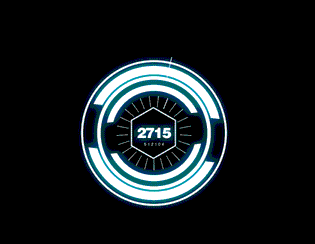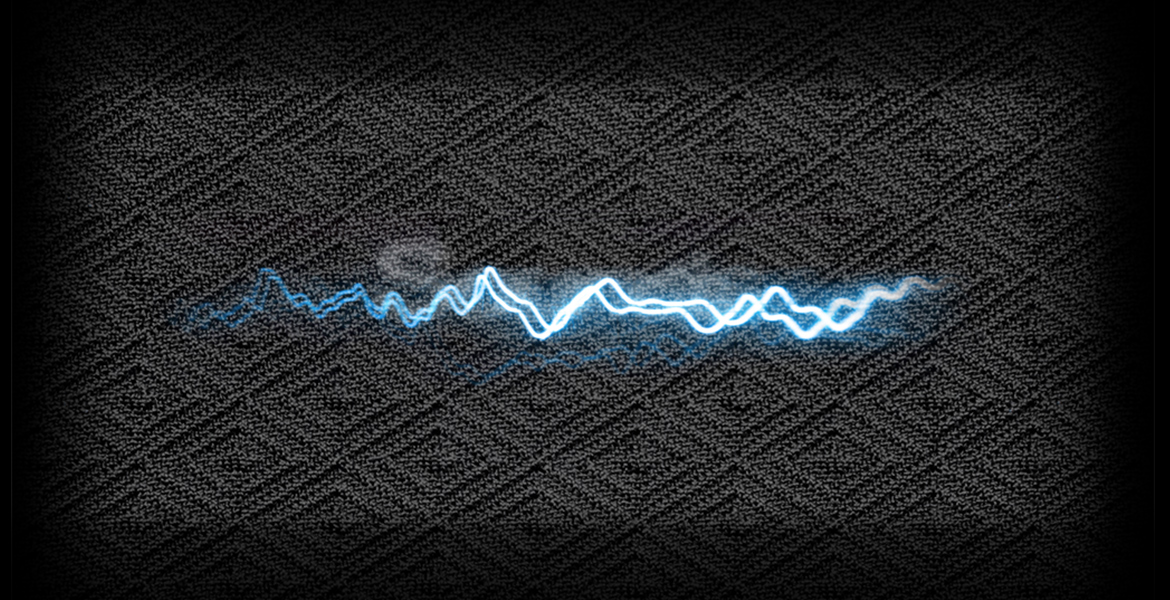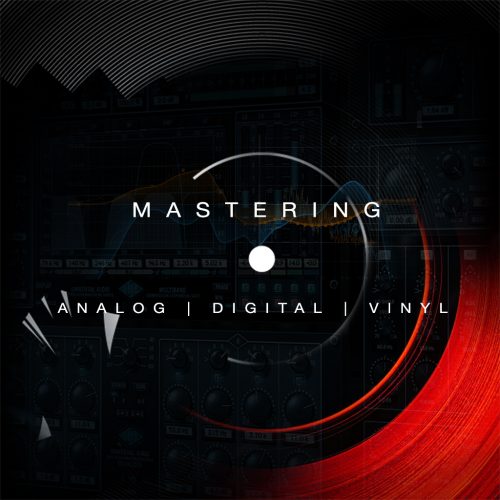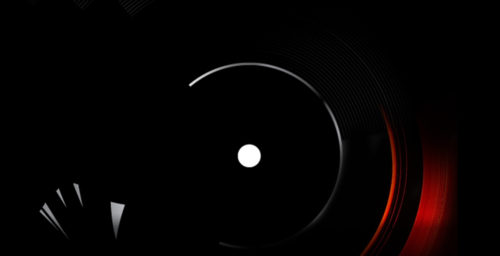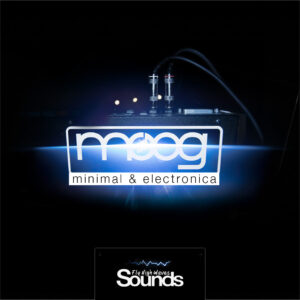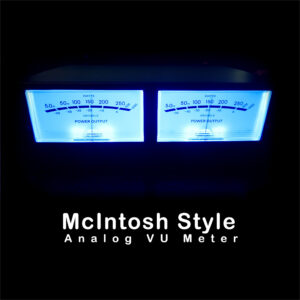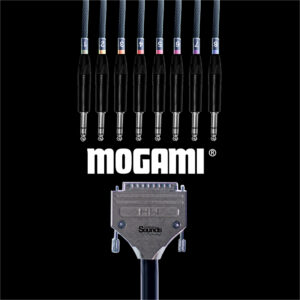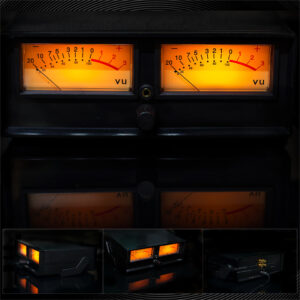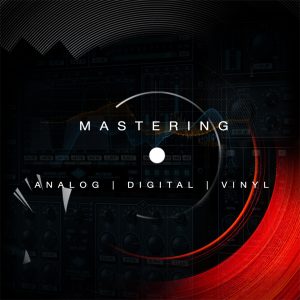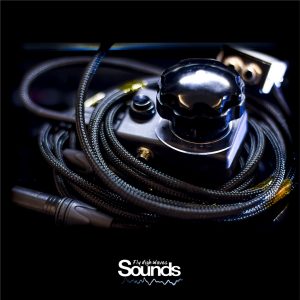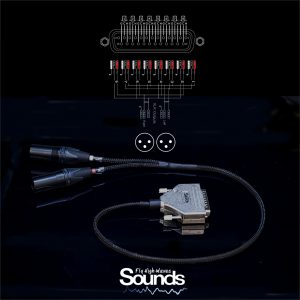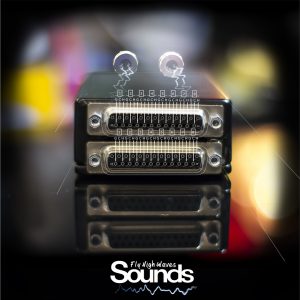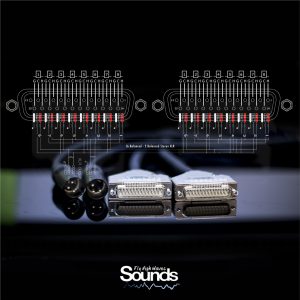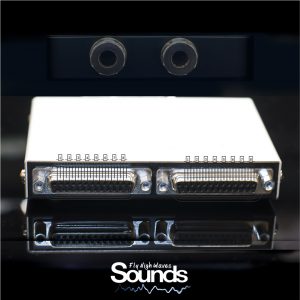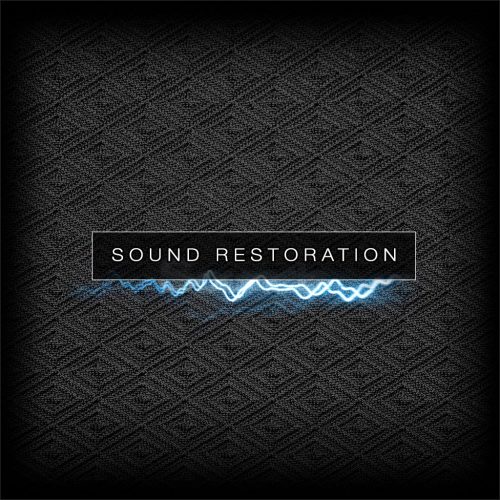
Please take the wizard step by step and select the options.
- 5 $
- 50 $
- 20 $
- $
Subtle Noticeable Major- $
- $
- $
- $
- $
- $
- $
- $
- $
- $
Please choose how you want the finalized project to be delivered.
- $
- $
- 5 $
- $
Project FAQ
This section is optional and is here to connect better with you track, to understand your project better. Please use your words… is about your track & project.
1. How do you expect the track to sound after mastering?
2. What you think is the overall mood of the track?
3. What is the music genre of your production?
4. What is your main target audience?
5. Where you plan to release it?- $
- $
- $
- (max file size 1 GB) $
- $
- $
- $
- $
- $
- $
- $
- $
- $
- $
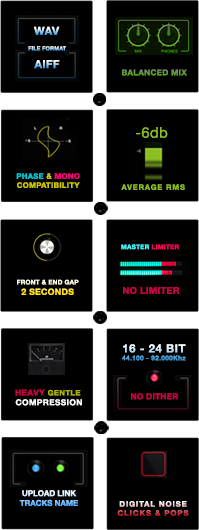
You can place the order if the checked options are checked.
In next screen, you can preview all selected options and upload your sounds.
You are good to place the order.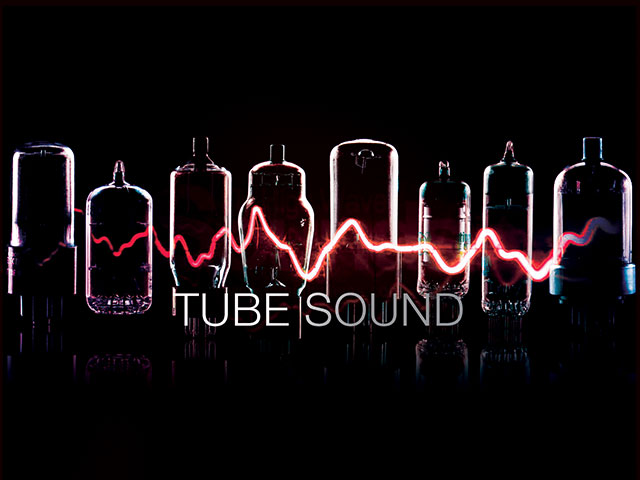
Sound Restoration Service
Audio restoration is a generalized term for the process of removing imperfections such as hiss, impulse noise, crackle, clicks, wow and flutter, background noise, and mains hum from sound recordings. It can be performed directly on the recording medium, or on a digital representation of the recording using specialized software tools. With any project, we consider the condition of the physical media, the anticipated audience, and the cultural moment of the original recording.
Philosophy: We apply processing if the defect is a distraction for the listener. In general, it's better that it sounds natural, so it's better to have an original defect than a new defect.

Setting a healthy recording level and record. As well fixing over compressed sound.
Instantaneous deviations from the audio waveform caused by scratches or dust. The noise only happens at a certain point or points, such as vinyl clicks.
When digital audio is transferred between two or more units, the computer chips in each must be synchronized so that the samples are passed accurately.
Clicks of very low frequency. These can be especially problematic due to their high energy and long duration.
In wave theory, if we have 2 equal waves which begin from zero some time apart, although they have the same wavelength and magnitude they are not equal in time. We say that they have a different phase or are phase-shifted or there is a phase delay.
A common cause of this type of buzz is controllers for lighting racks – any unshielded audio equipment nearby can pick up a high-pitched buzz.
If the impulses are modulated by the audio, we hear them as distortion. Vinyl tracking distortion is sometimes like this.
Declicking will get rid of most of the clicks, but often there will be a constant background of very tiny clicks present. We call this Crackle and we can fix it.
Another common problem is Hum. this is mostly associated with the earthing of mains-powered equipment. If there is a difference, however small between the potential of the earth wiring between input and output, a certain amount of current will flow. This manifests itself as a sine wave resonating at the mains frequency (50Hz in UK and most of Europe, 60Hz in the USA and some other territories). It happens all the time using analog gear without a power conditioner.
Hiss is synonymous with the use of magnetic tape for masters and was something that engineers battled against until digital recording largely solved the problem. Tape hiss also occurs second hand on vinyl records of that era.
Falling between these definitions are distortion phenomena. The most common types are tracking distortion from worn out or badly cut vinyl or intermodulation distortion from any badly configured setup.
Peak distortion, where the peaks of the signal have clipped in one or more points in the signal chain.
Unwanted reverb and improve the quality of on-location recordings.
Especially during of recording of orchestras or other large groups, there is the potential for other extraneous noises to make their way onto the recording. These can include squeaking chairs, dropped instruments and general fidgeting from orchestra members. We can sometimes fix them in our audio restoration software, but depending on their severity, they may end up being left in if the producers desire an authentic of a particular performance.
We can transform previously unusable audio into pristine material. Now you can…
- Turn flawed audio into pristine, usable material by removing noises, distortions, reverb, and more.
- Get smooth, even, and consistent vocal and dialogue takes. Matching volume and balance multiple recordings.
- Deliver professional-quality results, meeting compliance requirements and international broadcast standards.
- Clean up clipped, damaged and noisy dialogue recordings.
- Isolate and reduce troublesome background noise
- Eliminate the amp hum, equipment hiss, and environmental noise that can ruin your recordings.
- Fix problems like clipping, audio dropouts, and other sudden unwanted sounds.
- Remove unwanted reverb and improve the quality of on-location recordings
- Attenuate certain sounds within a mix when you can’t return to source audio.
- Remove noises from live recordings
- Clean up voiceover and narration mouth noises
- Reduce sudden wind noises, location noise, and electrical buzz/hum on location interviews.
- Repair distorted audio affected by sudden screams and other undesirable sounds

Other considerations
For records and tapes in below average to poor condition, we can apply manual restoration techniques which will undoubtedly produce distinct improvement over the original source. If such manual restoration is required, this will be discussed with the customer before any work is undertaken, and an estimate will be produced.
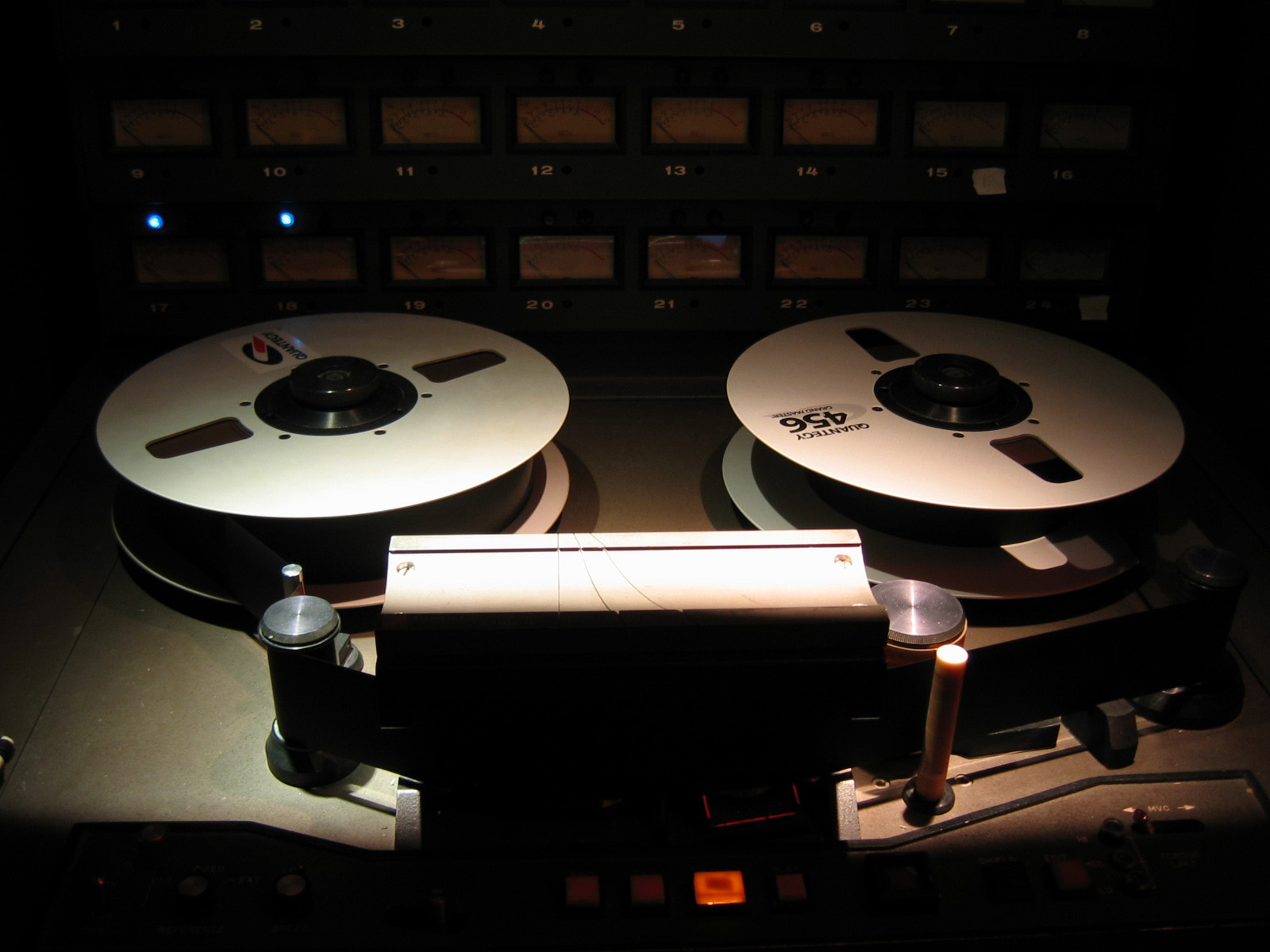
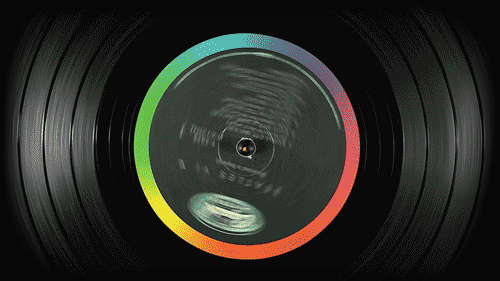
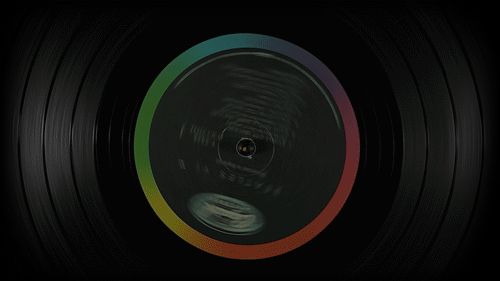
Similar Resources
-


Analog Digital Vinyl Mastering
Mastering is the last stage in the process of releasing the music out in the world. A hands-on quality control, the final polish, to ensure that it sounds the best that it can in all possible playback situations and making sure that it fits together seamlessly so the sound doesn’t vary from track to track. Mastering also deals with unwanted noise, clicks pops, device hum, artifacts, front and end fade-ins and outs, as well as preparing the music for distribution in different formats. More and more pros are embracing the high-resolution distribution and playback formats as well as devices that play uncompressed formats for better reproduction of music.It’s the Process, not the Processing -


Vinyl Mastering Session
Mastering is the last stage in the process of releasing the music out into the world. A hands-on quality control, the final polish, to ensure that it sounds the best that it can in all possible playback situations and making sure that it fits together seamlessly so the sound doesn’t vary from track to track. Mastering also deals with unwanted noise, clicks pops, device hum, artifacts, front and end fade-ins and outs, as well as preparing the music for distribution in different formats. More and more pros are embracing the high-resolution distribution and playback formats as well as devices that play uncompressed formats for better reproduction of music.It’s the Process, not the Processing
